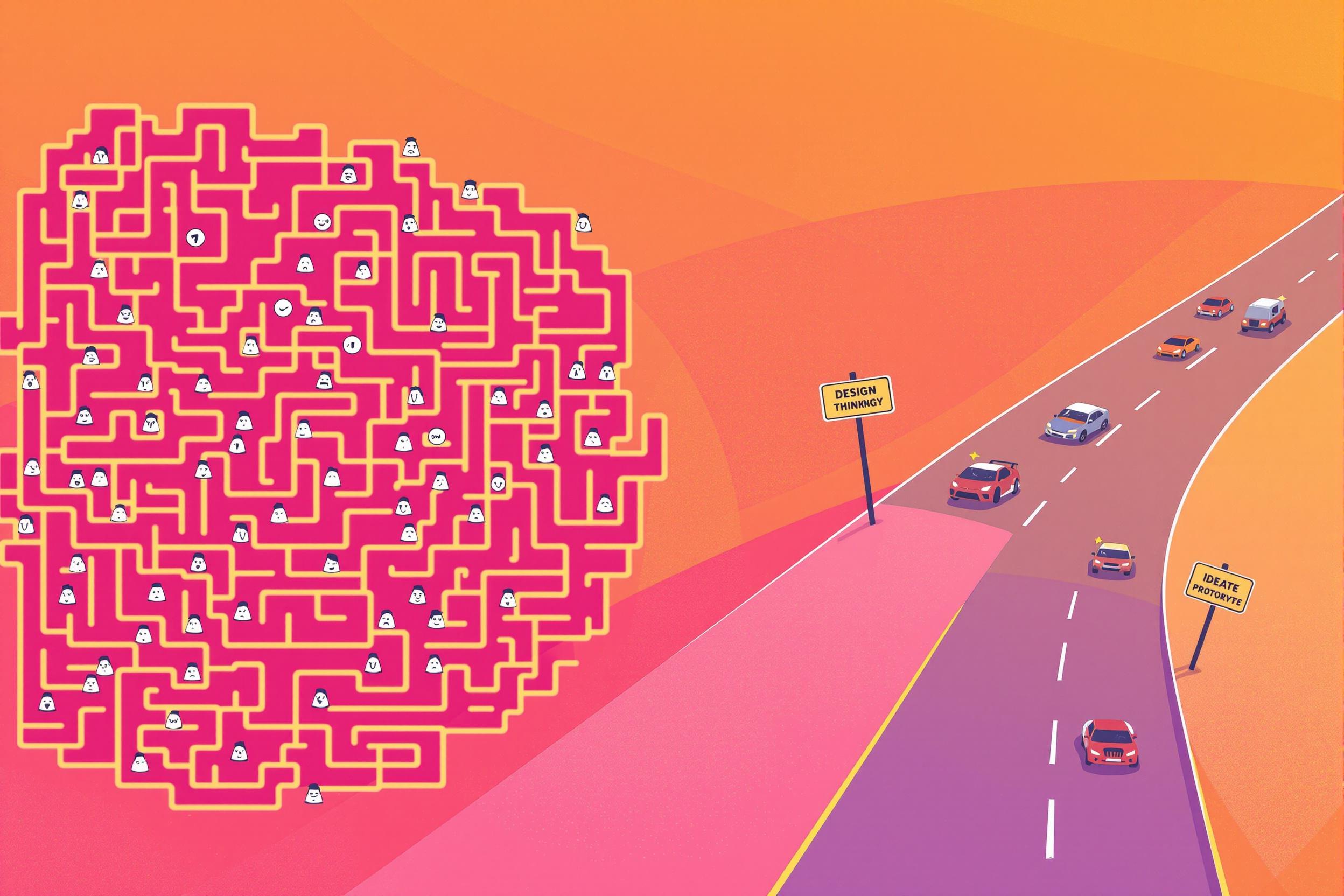
Cause-Effect Diagram
A Cause-Effect Diagram is a problem-solving tool used to improve business processes. Also known as a Fishbone Diagram or Ishikawa Diagram, it looks like a fish skeleton where the main problem is written at the head, and possible causes branch out like bones. People use this tool to organize their thoughts when figuring out why problems happen in a workplace. It's similar to other problem-solving tools like the 5 Whys Analysis or Root Cause Analysis. Business analysts and process improvement specialists often mention this skill to show they know how to systematically solve workplace problems.
Examples in Resumes
Led team workshops using Cause-Effect Diagram to resolve quality issues
Created Fishbone Diagram analysis to reduce customer complaints by 30%
Trained department managers in Ishikawa Diagram methodology for problem-solving
Typical job title: "Process Improvement Specialists"
Also try searching for:
Where to Find Process Improvement Specialists
Professional Organizations
Online Communities
Learning Resources
Example Interview Questions
Senior Level Questions
Q: How would you implement a Cause-Effect analysis program across multiple departments?
Expected Answer: Should discuss experience in training teams, standardizing the process, tracking results, and showing examples of successful organization-wide implementation of problem-solving methods.
Q: Tell me about a time when a Cause-Effect analysis revealed an unexpected root cause.
Expected Answer: Should share a specific example demonstrating leadership in problem-solving, how they managed surprises, and how they implemented solutions based on the findings.
Mid Level Questions
Q: How do you facilitate a Cause-Effect Diagram session with a team?
Expected Answer: Should explain how they gather input from different team members, organize information, and guide the group to identify root causes effectively.
Q: What do you do after completing a Cause-Effect Diagram?
Expected Answer: Should describe how they prioritize causes, develop action plans, and follow up on implementing solutions.
Junior Level Questions
Q: Can you explain what a Cause-Effect Diagram is and its basic components?
Expected Answer: Should describe the basic structure (main problem, major categories, and detailed causes) and explain how it helps organize problem-solving thoughts.
Q: What are the typical categories used in a Cause-Effect Diagram?
Expected Answer: Should mention common categories like People, Process, Equipment, Materials, Environment, and Methods, and explain why these are useful starting points.
Experience Level Indicators
Junior (0-2 years)
- Basic understanding of diagram creation
- Team participation in problem-solving sessions
- Data collection and organization
- Simple problem analysis
Mid (2-5 years)
- Leading problem-solving sessions
- Training others in diagram usage
- Implementing solutions
- Project coordination
Senior (5+ years)
- Program development and management
- Complex problem resolution
- Culture change leadership
- Strategic improvement planning
Red Flags to Watch For
- Unable to explain basic problem-solving steps
- No experience leading team discussions
- Lack of practical examples of using the tool
- No knowledge of related quality improvement methods
Related Terms
Need more hiring wisdom? Check these out...

Unlocking Team Potential: Personality Mapping for Dynamic Management

Why Your Hiring Process is a Maze (And How Design Thinking Can Turn It into a Superhighway)

Beyond Spreadsheets: Why Executive Dashboards in ATS Systems Are Your Secret Hiring Weapon

